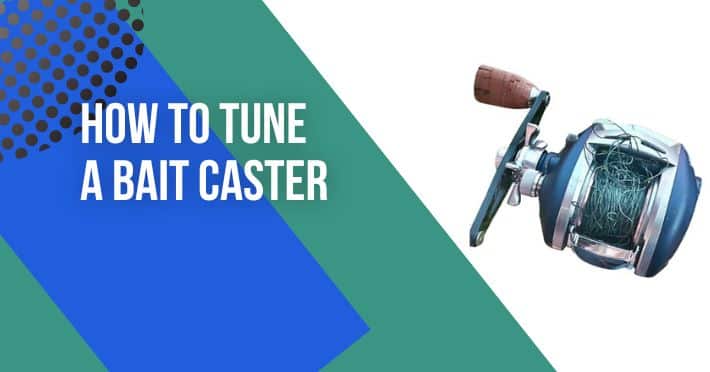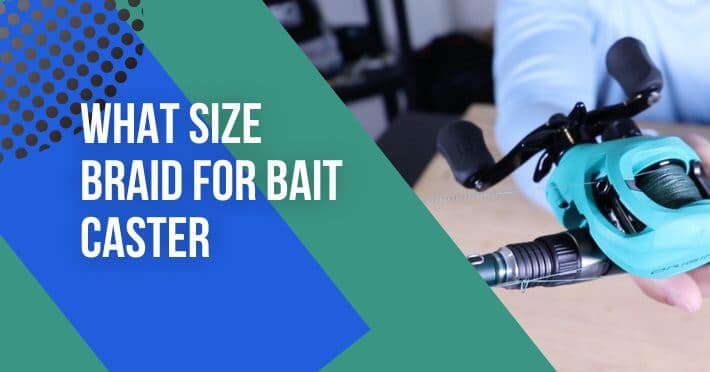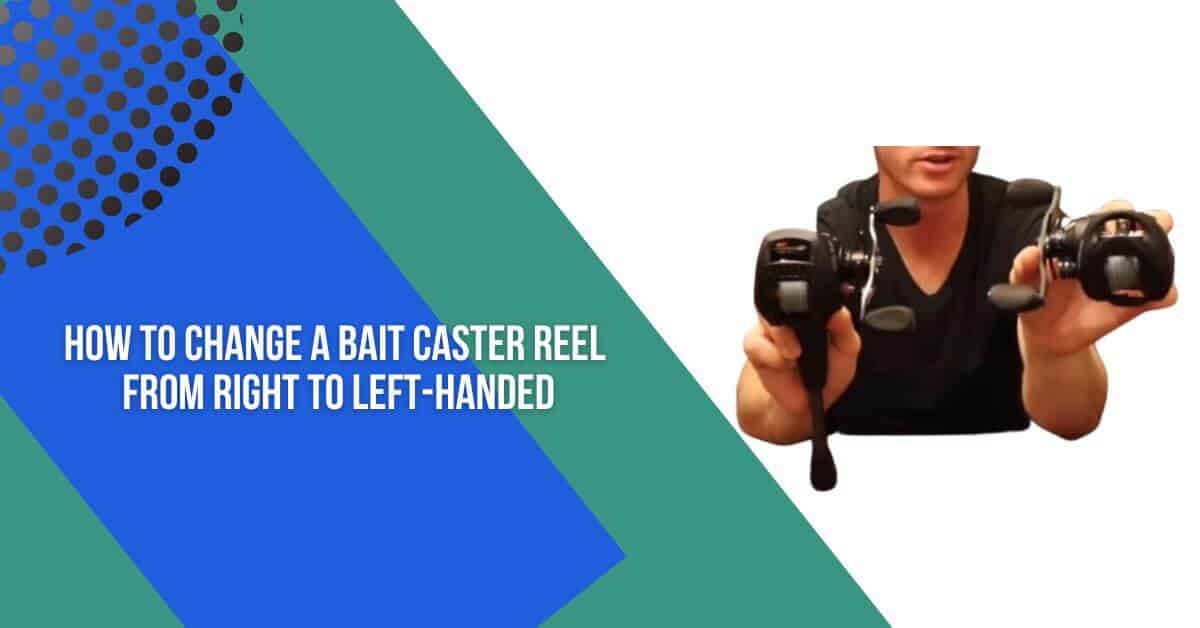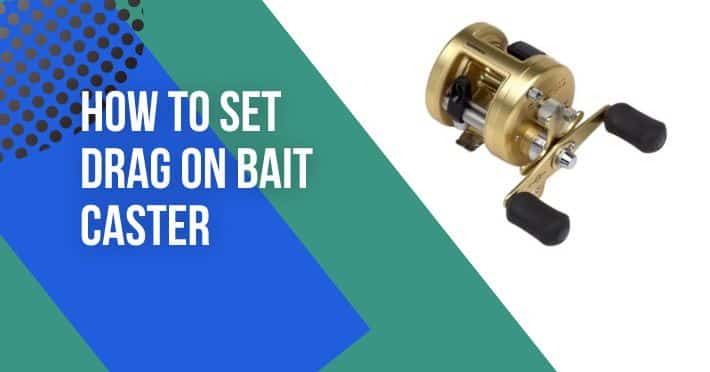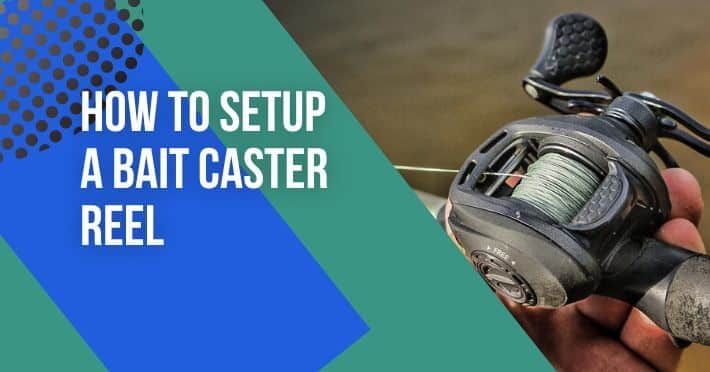Contents
- 1 Why Casting Accuracy Is Important In Fishing?
- 2 Common Challenges With Baitcasting Reel Casting Accuracy
- 3 How To Cast A Baitcasting Reel Accurately
- 4 Understanding Your Equipment
- 5 The Role Of Rod Selection In Casting Accuracy
- 6 Proper Grip And Stance
- 7 Tips For Avoiding Common Casting Mistakes
- 8 Troubleshooting Common Casting Problems
- 9 Diagnosing And Fixing Common Casting Mistakes:
- 10 Troubleshooting Reel And Line Issues:
- 11 When To Seek Help:
- 12 How to Use a Baitcasting Reel Like a Pro
- 13 Conclusion
- 14 Frequently Ask Questions
- 15 Do I need special equipment to cast a baitcasting reel accurately?
- 16 How do I know if my reel is set up correctly for casting accuracy?
- 17 What are some common casting mistakes and how do I avoid them?
- 18 How can I troubleshoot common casting problems?
- 19 How can I improve my casting accuracy?
Casting accuracy is an essential skill for any angler, regardless of their level of experience. Whether you’re targeting a specific species or trying to land a big catch, being able to cast your bait or lure with precision can make all the difference. However, achieving accurate casts with a baitcasting reel can be a challenge for many anglers, especially beginners. If you want to learn how to cast a baitcasting reel accurately, here are some tips to help you get started!!
Why Casting Accuracy Is Important In Fishing?
Casting accuracy is important in fishing for several reasons. For one, it allows you to place your bait or lure in a specific location where you believe the fish are likely to be. This can increase your chances of getting a bite and ultimately landing a fish. Accurate casting also helps you avoid obstacles like trees, rocks, or other structures that can snag your line and ruin your chances of a successful catch.
Common Challenges With Baitcasting Reel Casting Accuracy
Baitcasting reels are notorious for their challenging learning curve, especially when it comes to casting accuracy. Common challenges include backlash, where the spool of the reel overruns and creates a tangle in the line, as well as difficulty controlling the speed and distance of your cast. These challenges can be frustrating and discourage anglers from using a baitcasting reel altogether.
How To Cast A Baitcasting Reel Accurately
In this article, you’ll learn how to cast a baitcasting reel accurately, even if you’re a beginner. We’ll cover the essential components of a baitcasting reel and how to set it up properly, as well as the importance of grip and stance for optimal control.
To set up your baitcasting reel for casting accuracy, start by adjusting the brake system. The brake system helps control the speed of the spool during the cast and can prevent backlash. Begin by setting the brake to a medium level and adjusting it as needed based on your casting distance and the weight of your bait or lure.
We’ll also dive into the specific techniques for accurate casting, including how to properly load the rod and adjust for environmental factors like wind. Additionally, we’ll provide tips for practicing your casting technique and troubleshooting common casting problems. By the end of this article, you’ll have the tools and knowledge you need to improve your casting accuracy and enjoy more successful fishing trips.
Understanding Your Equipment
Before you can master accurate casting with a baitcasting reel, it’s important to understand its key components and how they work together. The main components of a baitcasting reel include the spool, brake system, handle, drag system, and level wind system. Each of these components plays a crucial role in controlling the speed and distance of your cast.
Next, adjust the tension knob on the reel to match the weight of your bait or lure. This will help prevent backlash and ensure a smooth cast. You can adjust the tension knob by tightening or loosening it until the bait or lure drops slowly and smoothly when you release the spool.
The Role Of Rod Selection In Casting Accuracy
In addition to the reel, the rod you choose can also impact your casting accuracy. When selecting a rod for baitcasting, consider the length, power, and action of the rod. Longer rods tend to provide greater casting distance, while shorter rods offer more control. The power of the rod refers to its strength and determines how much weight it can handle, while the action refers to how much the rod bends when pressure is applied.
Choose a rod that matches the type of fishing you’ll be doing and the weight of your bait or lure. This will help you achieve optimal control and casting accuracy. Once you’ve chosen the right rod, pair it with a compatible baitcasting reel for the best results.
Proper Grip And Stance
To achieve optimal control and casting accuracy with a baitcasting reel, it’s essential to have the right grip and stance. Start by holding the rod with your dominant hand, and the reel with your non-dominant hand. Grip the rod firmly but not too tightly, and position your thumb on the top of the rod handle to help control the spool during the cast.
Next, position your feet shoulder-width apart, with one foot slightly in front of the other for stability. Keep your knees slightly bent and your weight evenly distributed between both feet. This will help you maintain your balance and control during the cast.
Tips For Avoiding Common Casting Mistakes
When casting with a baitcasting reel, there are several common mistakes that can impact your accuracy and lead to a backlash. To avoid these mistakes, start by loading the rod properly. This means pulling the rod back and holding it at a 45-degree angle before casting.
When casting, use a smooth and consistent motion, accelerating the rod as you reach the end of the cast. Avoid jerky or abrupt movements, which can cause the spool to overrun and create a backlash.
Finally, pay attention to environmental factors like wind and adjust your casting technique accordingly. A headwind, for example, may require you to cast with more force, while a tailwind may require you to adjust your timing to prevent the bait or lure from landing too close to you.
With practice and patience, you can master the proper grip and stance, avoid common casting mistakes, and achieve greater accuracy with your baitcasting reel.
Troubleshooting Common Casting Problems
Despite your best efforts, you may still experience casting problems with your baitcasting reel. Fortunately, many of these issues can be diagnosed and fixed with some simple troubleshooting techniques.
Diagnosing And Fixing Common Casting Mistakes:
One of the most common casting mistakes is a backlash, which occurs when the spool overruns during the cast, causing the line to tangle. To fix backlash, start by stopping the spool with your thumb and pulling the line out slowly.
Then, remove any tangles or knots and re-spool the line before attempting to cast again.
Another common casting mistake is using too much force or not enough force during the cast. To correct this, adjust the brake and tension settings on your reel and practice your casting technique until you find the right balance.
Troubleshooting Reel And Line Issues:
Reel and line issues can also impact your casting accuracy. If you notice your line is consistently tangling or breaking, check for knots, kinks, or twists in the line. You may need to re-spool the line or replace it altogether.
If you experience issues with your reel, such as a drag system that is too tight or too loose, consult the manufacturer’s instructions or seek advice from a professional angler. They can help you diagnose and fix the issue, or recommend a replacement part if necessary.
When To Seek Help:
If you’re new to baitcasting reels or are struggling to diagnose and fix casting issues on your own, don’t hesitate to seek help from a professional or more experienced angler. They can provide tips and advice on proper technique, equipment selection, and troubleshooting common problems to help you achieve greater accuracy and success on the water.
How to Use a Baitcasting Reel Like a Pro
Conclusion
Achieving casting accuracy with a baitcasting reel takes practice, patience, and proper technique. By understanding your equipment, perfecting your grip and stance, and troubleshooting common casting issues, you can improve your accuracy and enjoy greater success on the water.
Frequently Ask Questions
Do I need special equipment to cast a baitcasting reel accurately?
While you don’t necessarily need special equipment, it’s important to select a baitcasting reel and rod that are suitable for your skill level and fishing needs. Investing in high-quality equipment can also help improve your casting accuracy.
How do I know if my reel is set up correctly for casting accuracy?
Check the manufacturer’s instructions for recommended brake and tension settings, and adjust them based on your personal preferences and casting style. It may take some trial and error to find the right settings, but once you do, you’ll notice a significant improvement in your casting accuracy.
What are some common casting mistakes and how do I avoid them?
Common casting mistakes include using too much force, not using enough force, and failing to adjust for environmental factors like wind. To avoid these mistakes, practice proper technique and take the time to learn how to adjust to different conditions.
How can I troubleshoot common casting problems?
Start by diagnosing the problem, such as backlash or line tangles. Then, follow the appropriate steps to fix the issue, such as adjusting the brake and tension settings or re-spooling the line. If you’re not sure how to troubleshoot a problem, seek advice from a professional or more experienced angler.
How can I improve my casting accuracy?
Practice, practice, practice! Take the time to perfect your technique, adjust your equipment as needed, and seek guidance from experienced anglers. With dedication and hard work, you can improve your casting accuracy and enjoy greater success on the water.


